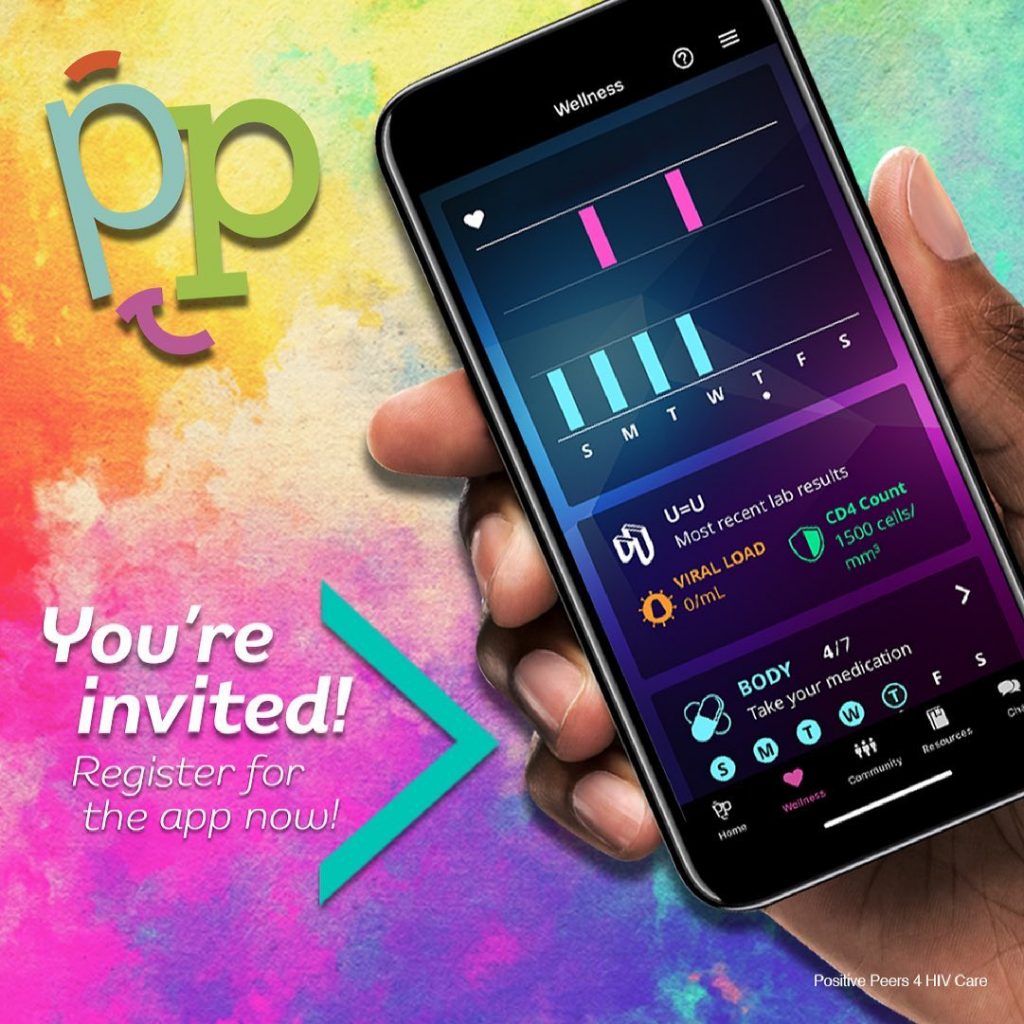Sleep tracking apps have become increasingly popular in recent years, providing users with insights into their sleep patterns and habits. These apps typically rely on various sensors, including microphones, to listen for sounds during the night, such as snoring or movement, in order to analyze and monitor sleep quality. However, there is an innovative sleep tracking app that takes an unexpected approach – instead of passively listening for sound, it generates its own.
This unique approach to sleep tracking introduces a fresh perspective on how technology can aid in understanding and improving sleep. Here’s a closer look at this unconventional sleep tracking app:
1. Active Sound Generation:
- Unlike traditional sleep tracking apps that passively record ambient sounds, this app actively generates sound during the night.
- The generated sounds are designed to interact with the environment and the user in specific ways to gather data about sleep quality.
2. Controlled Experiments:
- The app’s approach allows for controlled experiments where specific sounds are introduced at precise times during sleep.
- By actively manipulating sound inputs, the app can collect data on how sound impacts sleep stages, disturbances, and overall sleep quality.
3. Data-Driven Insights:
- By analyzing the responses to the generated sounds, the app can provide users with data-driven insights into their sleep patterns.
- Users can gain a deeper understanding of factors that affect their sleep and make informed decisions to improve their sleep quality.
4. Privacy Considerations:
- Privacy is a significant concern with sleep tracking apps that passively record sounds throughout the night. This app’s active sound generation approach may alleviate some privacy worries since it doesn’t continuously listen to and record ambient sounds.
5. User Engagement:
- The app’s unique approach may also increase user engagement, as it offers a more interactive and dynamic experience compared to traditional sleep trackers.
6. Customizable Soundscapes:
- Depending on the app’s design, users may have the option to customize the types of sounds generated during their sleep.
- This customization can cater to individual preferences and sleep goals.
7. Research Opportunities:
- Beyond individual sleep tracking, this app’s approach can open up opportunities for sleep researchers to conduct controlled studies and experiments related to sleep and sound.
8. Continuous Improvement:
- As the app collects more data and user feedback, it has the potential to continuously improve its algorithms and recommendations for better sleep.
9. Unconventional Approach Benefits:
- The unconventional approach of actively generating sounds for sleep tracking reflects the ever-evolving nature of technology and its applications in improving well-being.
In summary, this sleep tracking app’s unconventional approach of actively generating sounds during sleep opens up new possibilities for understanding and improving sleep quality. By experimenting with sound inputs and analyzing user responses, it offers a unique perspective on the factors influencing sleep patterns. As technology continues to advance, innovative approaches like this one contribute to the ongoing exploration of how digital tools can enhance our understanding of human health and well-being.


